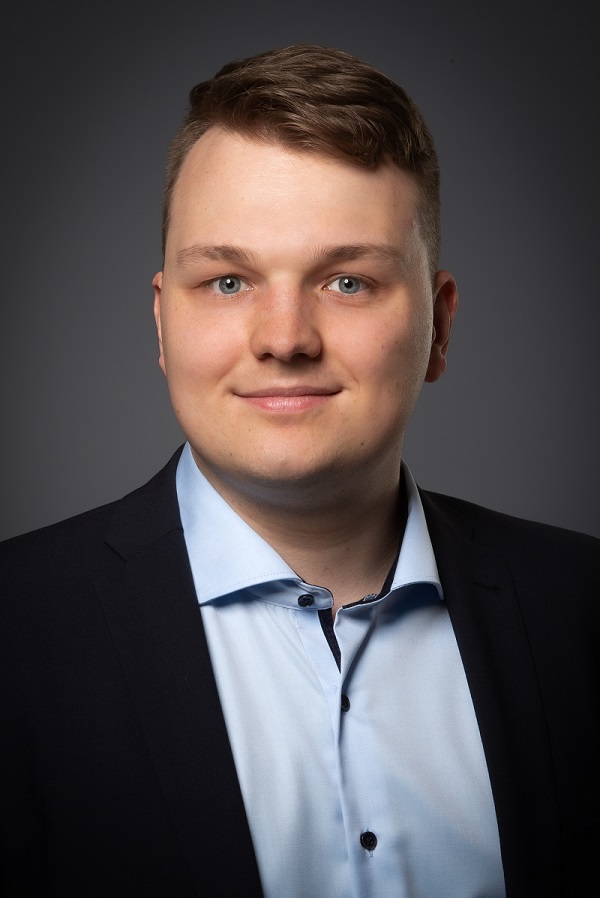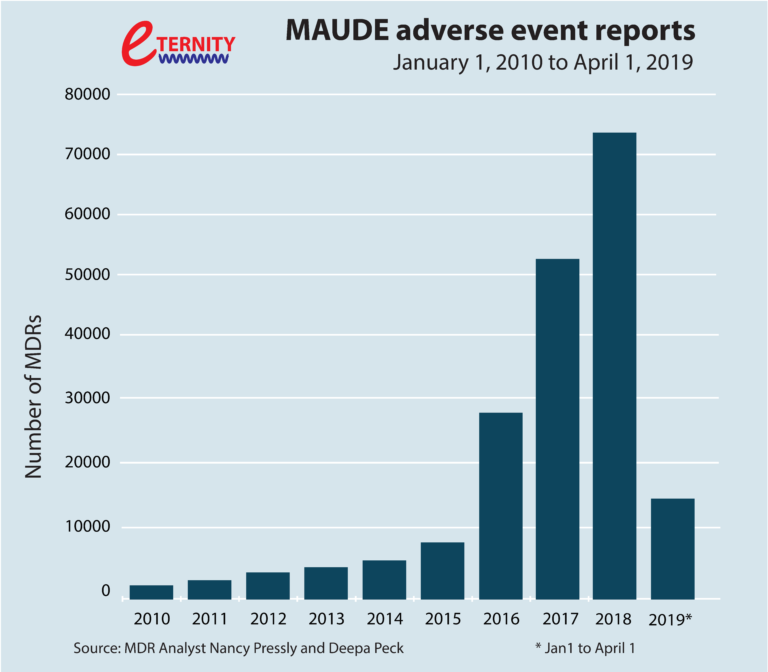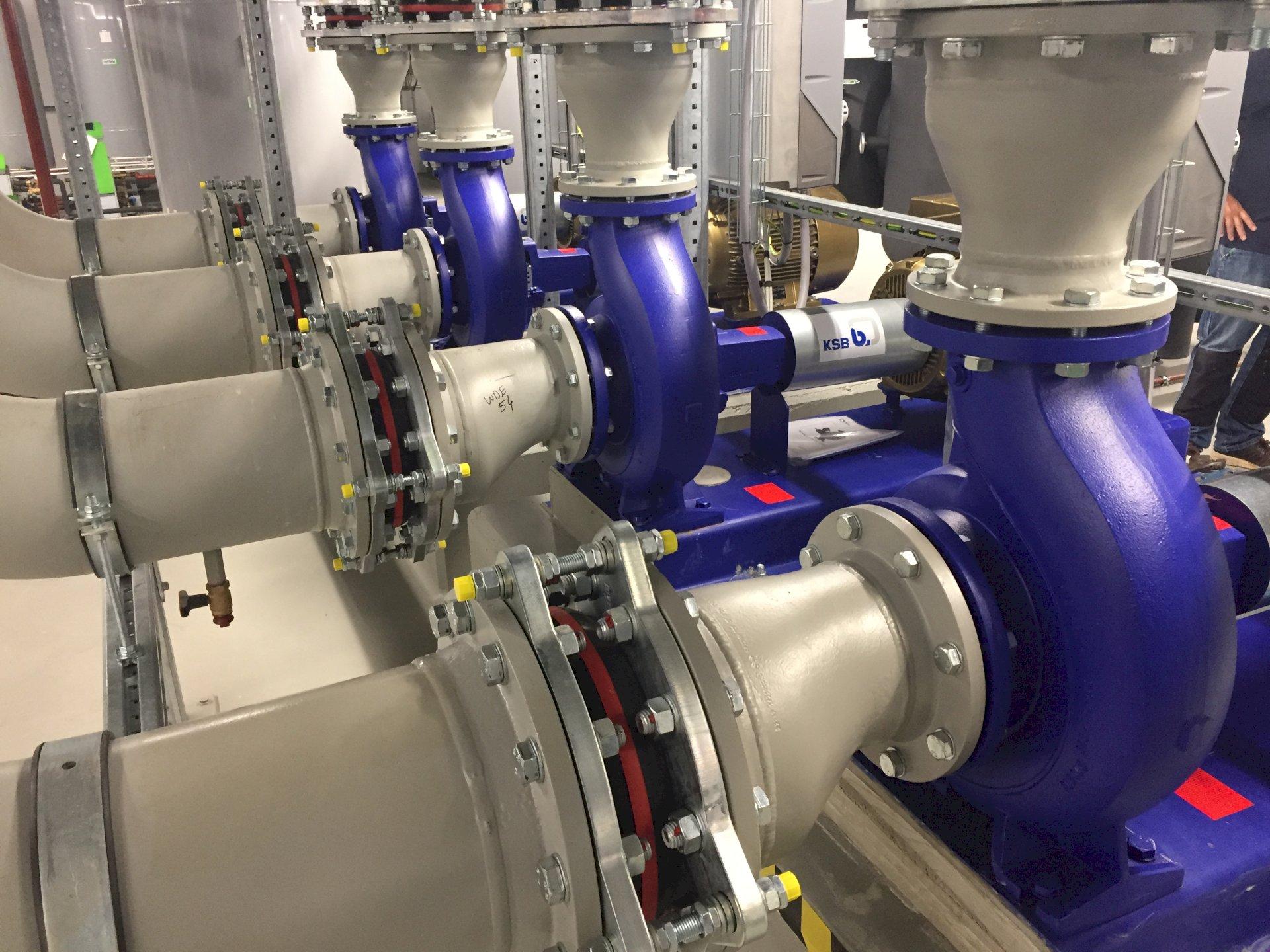 Door: FHI, Federatie van Technologie Branches
Door: FHI, Federatie van Technologie Branches Marc Kopf - TU/e
EMI footprint characterization of medical devices
Dear EMC-ESD community,
I am Marc Kopf from Hamburg, Germany and as of July 2020, I am working as a Doctoral Candidate at the department of Electrical Engineering, in the Electrical Energy Systems group (EES) at Eindhoven University of Technology (TU/e) on a project to characterize the electromagnetic interference (EMI) impact and profile of medical devices, both in terms of susceptibility and radiation. The work is part of the Marie Sk?odowska-Curie project ETERNITY (European Training Network on Electromagnetic Risks in Medical Technology) [1] where I am one of the fourteen early-stage researchers all across Europe, who are involved in the project.
I received both my Bachelor and Master of Science degrees in Electrical Engineering from Hamburg University of Technology (TUHH) in 2017 and 2020, graduating under supervision of Cheng Yang and Christian Schuster. After graduation, I spent some time in industry, where I developed naval Automatic Identification System (AIS) IoT receivers for a startup, which sells solutions for greener ship maneuvering.

Fig. 1: Medical EMI events in the USA from 2010 up to April 2019 [2]�
Like in many other industries, the effects of a denser integration of systems and increasing influences from the outside such as the rising, widespread use of wireless communications, but also modern, fast-switching power supplies based on new semiconductor technologies, led to increased reliability challenges in the design of medical devices:� Data from the American Federal Drug Administration (FDA, Fig. 1) illustrate that the number of medical electromagnetic interference events in the USA has been rapidly growing over the last decade and trends to increase. Each of these events can have devastating outcomes for patients, ranging from death to injury [3], and has a high potential to undermine trust into technology. To encounter technological pains of growing, enhance the safety of patients and medical personnel and enable more innovation in design, ETERNITY will focus on a new approach on risk management, evaluation, and EMI design, centered around a risk-based approach [2], [4].
Research in the Netherlands and Belgium will be done at Philips Healthcare, TU/e, the University of Twente, the Utrecht Center for Image Sciences and KU Leuven. Other parts of the consortium are located in Spain (Universitat Polit�cnica de Catalunya / BarcelonaTech and IDNEO Technologies) and Portugal (Faculdade de Ci�ncias e Tecnologia da Universidade NOVA de Lisboa and PLUX Wireless Biosignals).
The project about the EMI footprint characterization of medical devices will specifically investigate radiation and susceptibility profiles of medical equipment with emphasis on medical imaging systems, such as MRIs or X-ray machines in close cooperation with Philips and is currently in its early stage. It will be explored how to reproduce and model those quantities, to support design efforts and explore how to enable forecasts with better reusability. My project will be supervised by dr. ir. Anne Roc'h, my promoter prof. dr. ir. Guus Pemen, who is the head of the EES group at TU/e and my second promoter prof. dr. ir. Frank Leferink.
I am looking forward to meet you at upcoming community events!
[1] �Eternity Project Homepage,� 2021. eternity-project.eu (accessed Sep. 13, 2021).
[2] �Eternity Project Motivation,� 2021. eternity-project.eu/motivation/ (accessed Sep. 13, 2021).
[3] J. L. Silberberg, "An FDA Perspective on Medical Device EMC and Wireless WED-PM-4", 2018 IEEE Symp. Electromagn. Compat. Signal Integr. Power Integrity EMC SI PI 2018, 2018.
[4] M. Das, R. Vogt-Ardatjew, B. van den Berg and F. Leferink, "Risk-based EMC Approach in Hospital Environment," 2020 IEEE International Symposium on Electromagnetic Compatibility & Signal/Power Integrity (EMCSI), 2020, pp. 676-680, doi: 10.1109/EMCSI38923.2020.9191637.





